On June 1, one of the most important launches of 2024 is to take place from Cape Canaveral. An Atlas V rocket will send the CST-100 Starliner spacecraft to the ISS, with a crew on board for the first time.
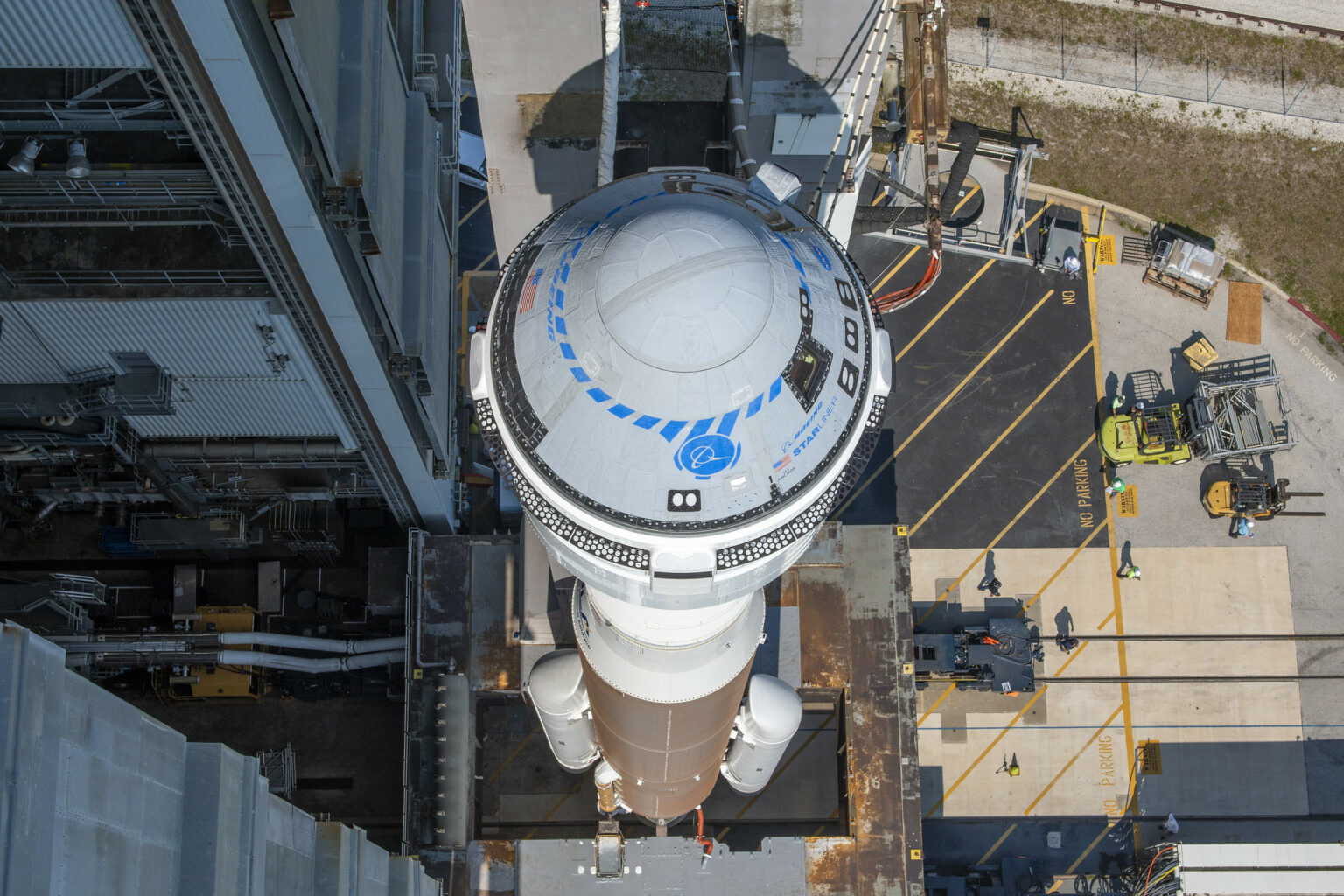
On the occasion of this event, The Universe Space Tech team tells the intricate story of the new spacecraft, as well as what the future holds for it.
A ship that took a long time to build
The Starliner story began in 2014 when Boeing won a $4.2 billion NASA contract. As part of the agreement, the company committed to building a manned spacecraft designed to deliver people to the ISS. The second contract worth $2.6 billion went to SpaceX.
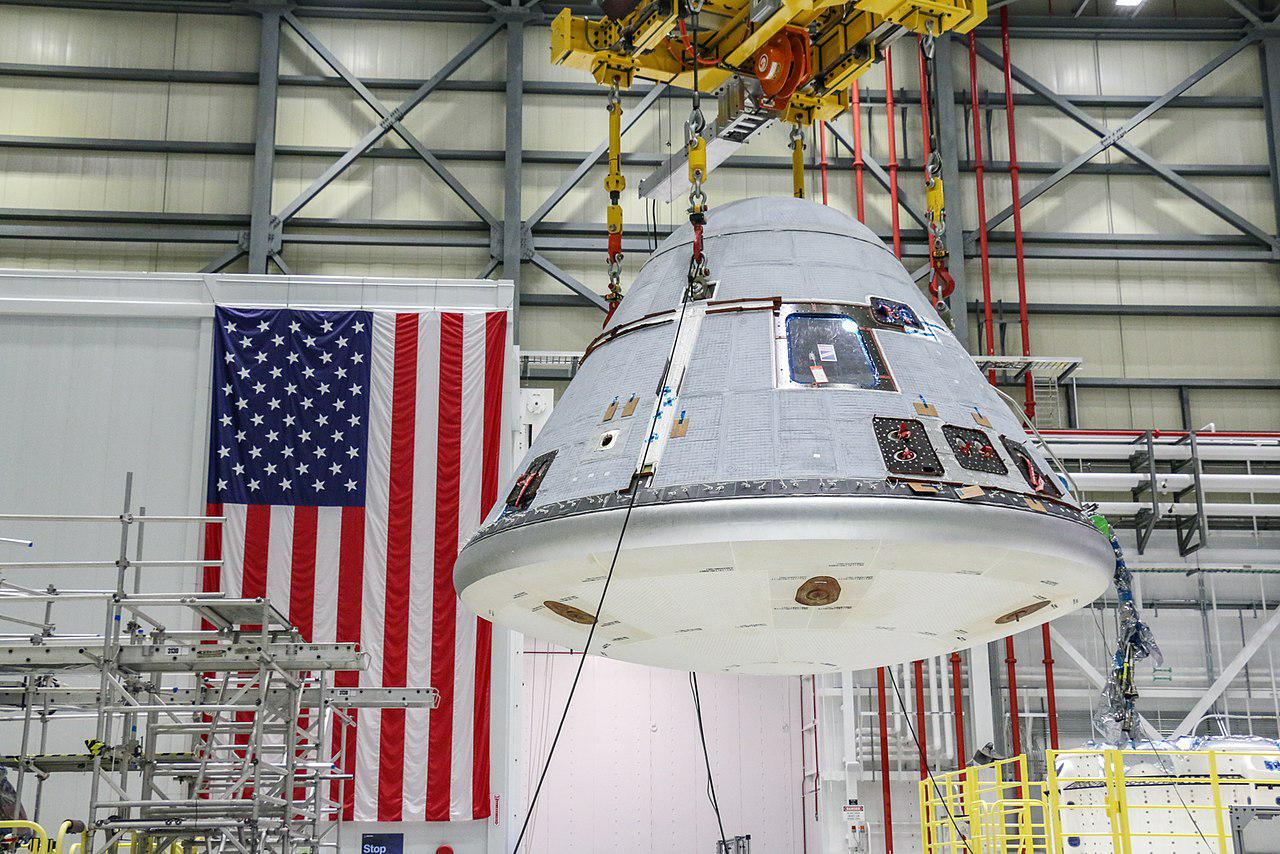
Initially, the Starliner’s debut flight was scheduled for 2017. But the ship did not fly in 2017 or 2018. However, since SpaceX also had problems with the creation of its Crew Dragon, many still considered the Boeing project as a favorite in this unofficial competition.
But in the end, SpaceX managed to get ahead of Boeing. The first flight of the Crew Dragon (without crew) took place in March 2019. The Starliner went into space in December 2019. Its flight was accompanied by a number of problems, the main one being the incorrect operation of the propulsion system. Because of this, the ship did not have enough fuel to dock with the ISS, which led to the disruption of the test program.
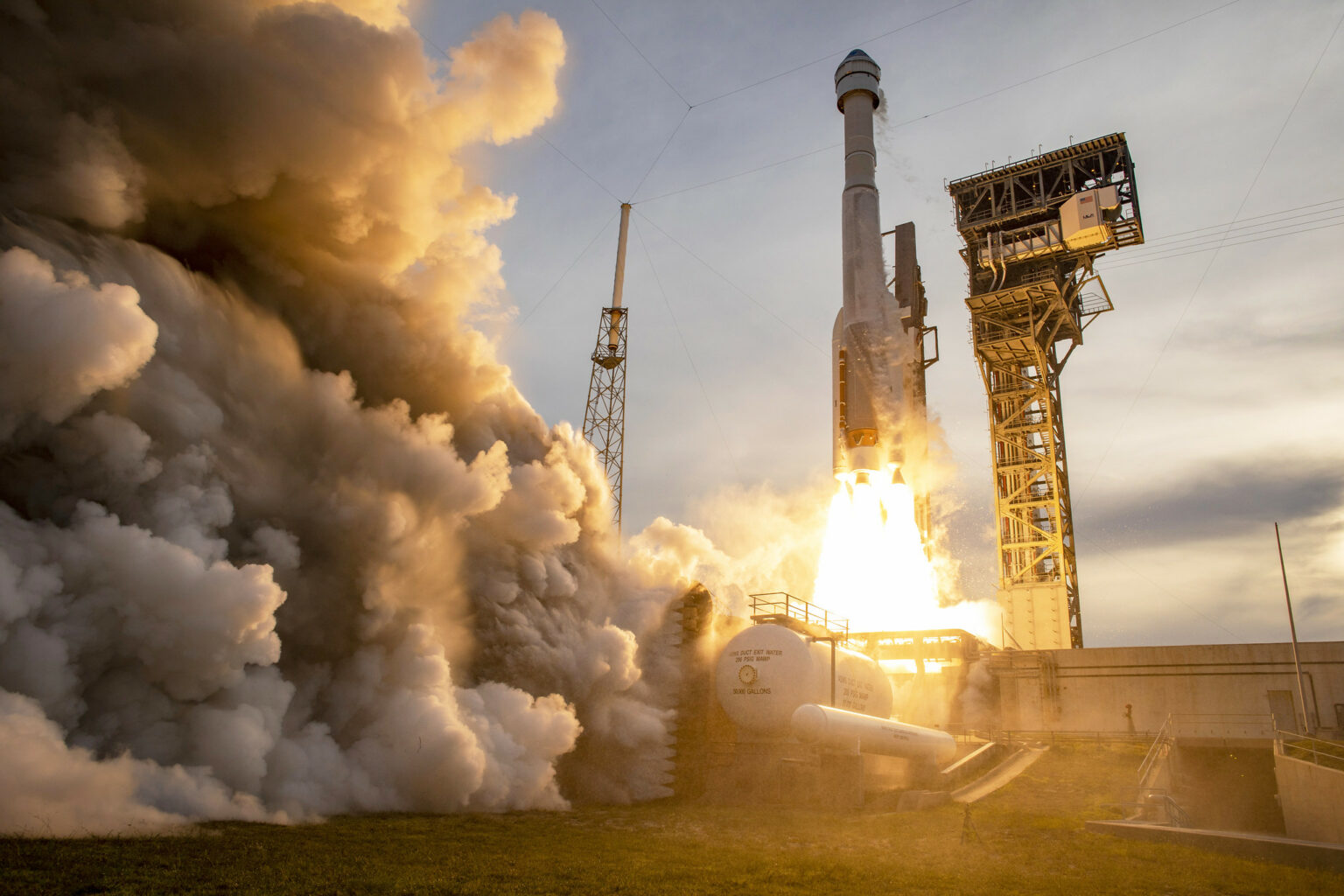
The launch of an Atlas V rocket with the Starliner spacecraft. Source: ULA
As a result, Boeing had to make a decision to carry out another unmanned launch of the Starliner. After numerous postponements, it was scheduled for August 2021. However, this time the ship did not even take off. Due to an oxidizer leak, the fuel valves were damaged, which led to the need for a complete replacement of the Starliner service module.
As a result, a new Starliner test took place in May 2022. The ship was able to dock with the ISS, although this time it was not without some problems. Nevertheless, based on the test results, NASA approved the first manned flight of the Starliner.
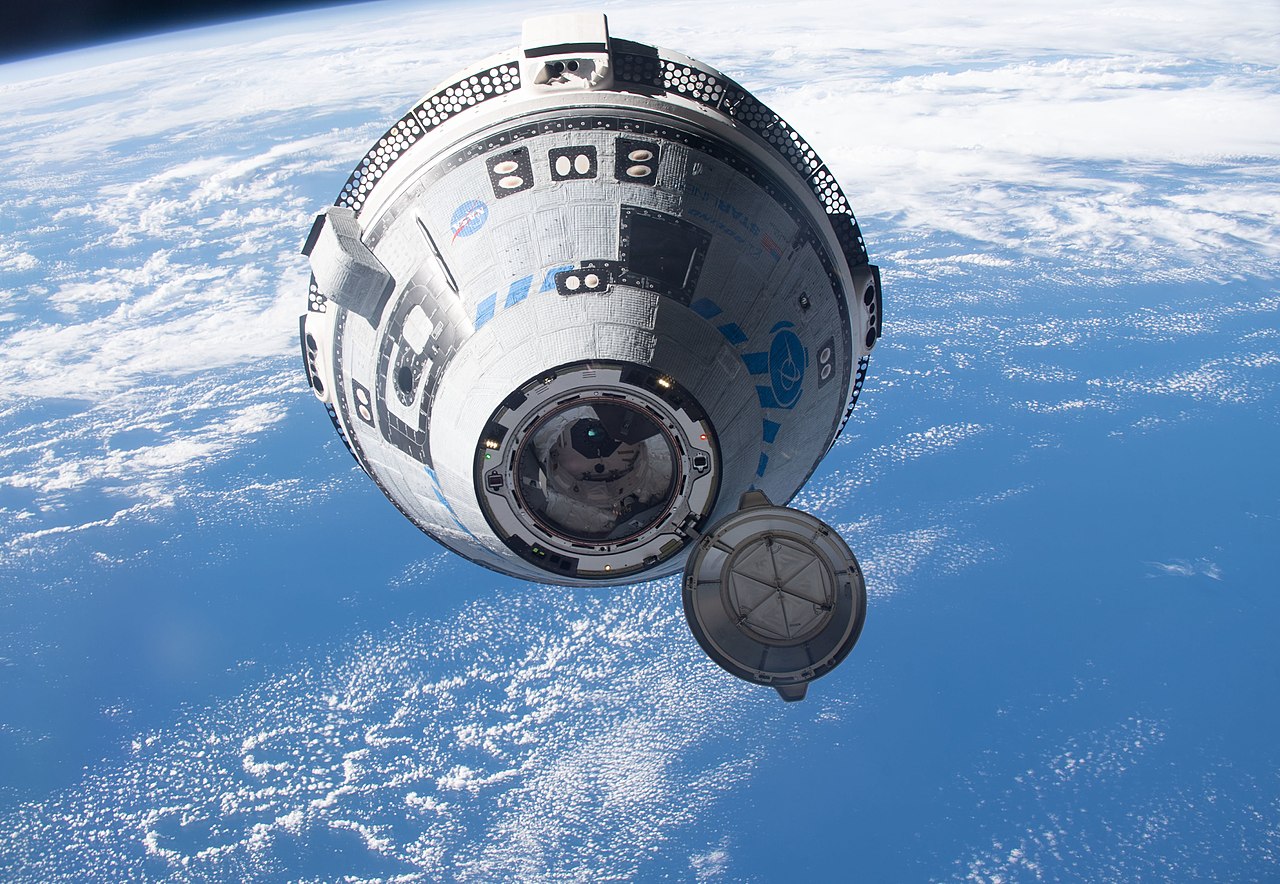
However, we had to wait for it for two years. The next postponement was due to the need to eliminate the shortcomings identified during the orbital test of the spacecraft, as well as shortcomings (such as flammable tape used to wrap the wires) that were discovered during the inspections. As a result, the first manned flight of Starliner with a crew was scheduled for May 2024 – four years after the first manned flight of Crew Dragon. However, once again there were postponements. The launch date of the spacecraft had to be pushed back by almost a month, first because of the need to replace a valve on the Atlas V rocket, and then because of a helium leak in the service module.
Technical characteristics of the Starliner
The Starliner is 5.03 m high, 4.56 m in diameter, weighs 13 tons (when fueled), and has an interior space of 11 m². In theory, the Starliner can carry up to seven people, but on missions to the ISS, its crew will be limited to four astronauts.
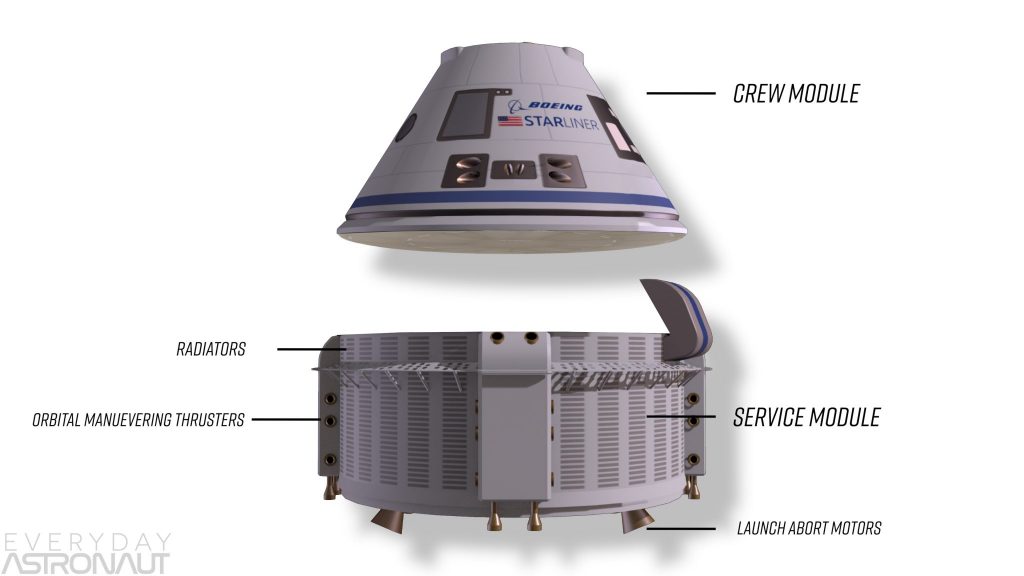
The Starliner consists of a service module and a crew capsule. The service module gets detached before re-entry and burns up. The crew capsule can be reused.
The Atlas V rocket will be used to launch Starliner, and after its decommissioning, the Vulcan rocket will be used. Unlike the Crew Dragon, which splashes down, the Boeing ship is landed on land by parachutes. Another very important feature of the Starliner is that it can be used to raise the orbit altitude of the ISS.
The plan of the first manned flight of the Starliner
During the first manned flight, two people will be on board the Starliner: NASA astronauts Barry Wilmore and Sunita Williams. Their main task is to test how the ship’s systems will do with people on board.
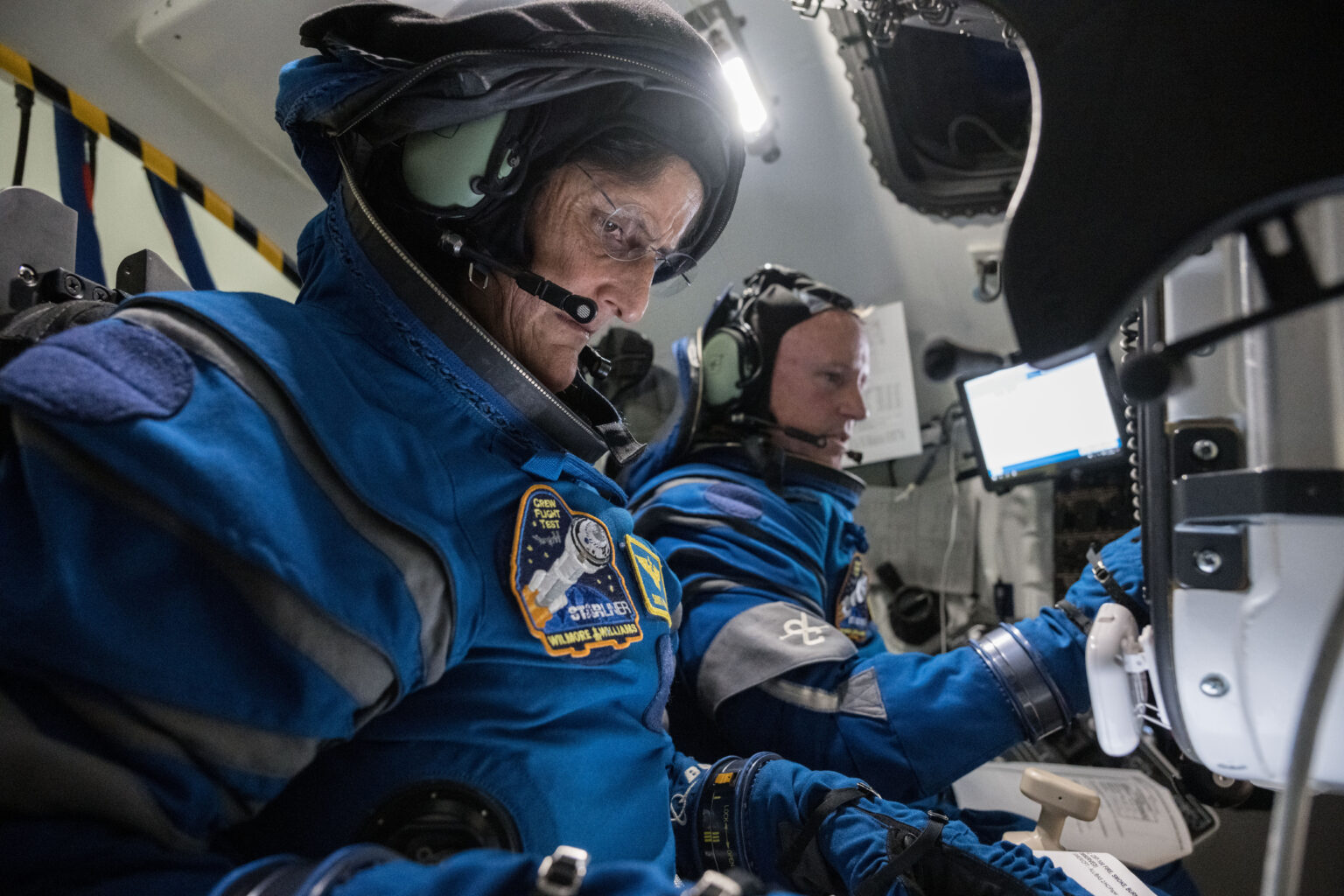
After launch, the Starliner will have to dock with the ISS. The flight plan envisages that the ship will spend eight days as part of the orbital complex. After that, the Starliner will undock from the ISS and its capsule with the crew will land at the White Sands Test Site.
The future of the Starliner
If the first manned flight of the Starliner is successful, it will allow NASA to certify the ship for regular ISS crew rotation missions. The first such flight is scheduled for early 2025.
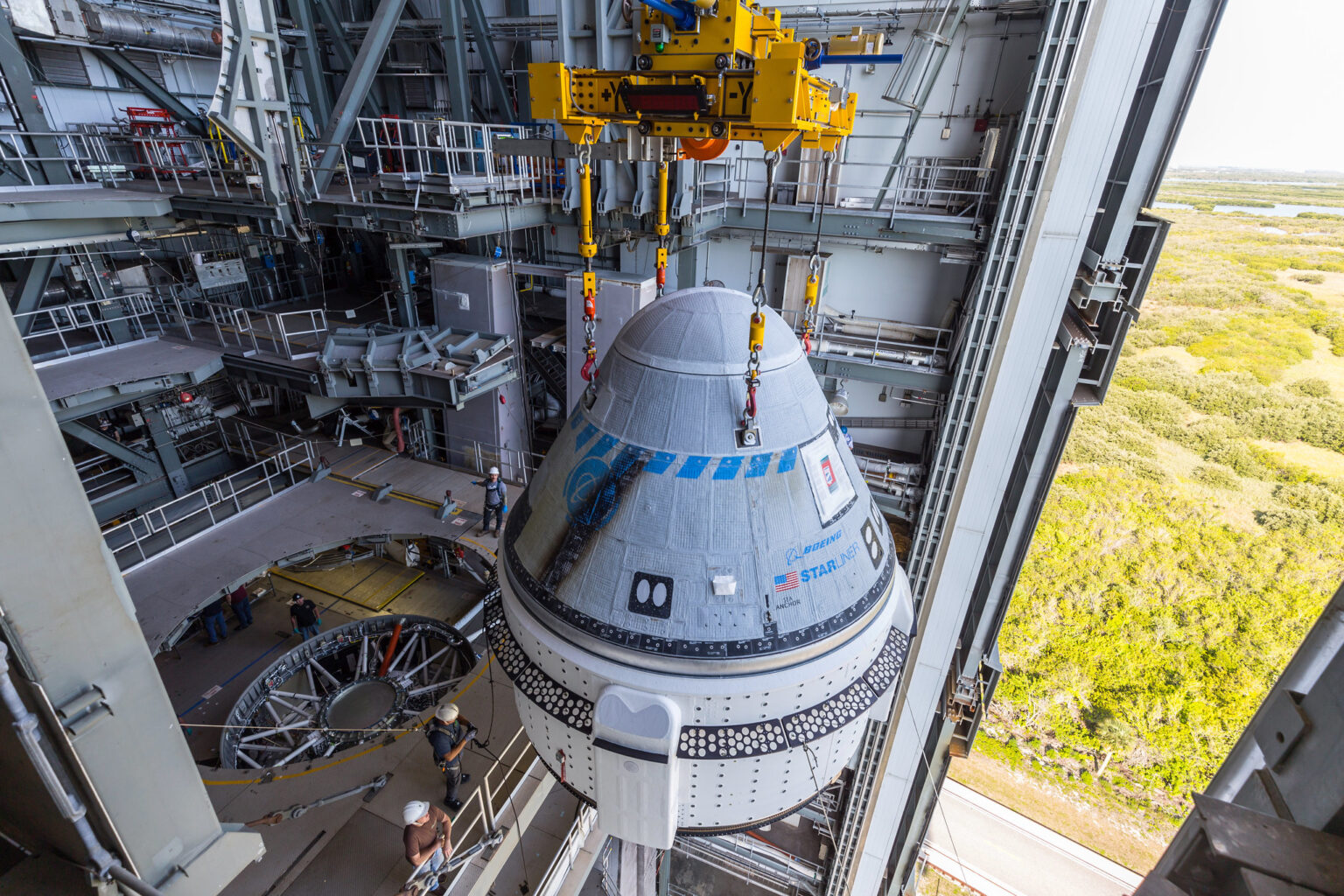
Of course, the Starliner comes quite late. But still, its putting into operation will have a number of consequences. The main one is that NASA will stop buying seats for its astronauts aboard Soyuz. Despite all the sanctions against Russia, the aerospace administration continued this practice as a kind of insurance: in the event of a hypothetical Crew Dragon accident, the United States would still be able to maintain its presence on the ISS. When NASA has two spacecraft at its disposal, this will no longer be necessary, and Roscosmos will lose another source of income.
Perhaps in the future, the Starliner could also find a job delivering people to one of the commercial orbital stations currently being developed by various companies. But for this, it needs to demonstrate its reliability and safety. The upcoming flight will be an important step towards this goal.


